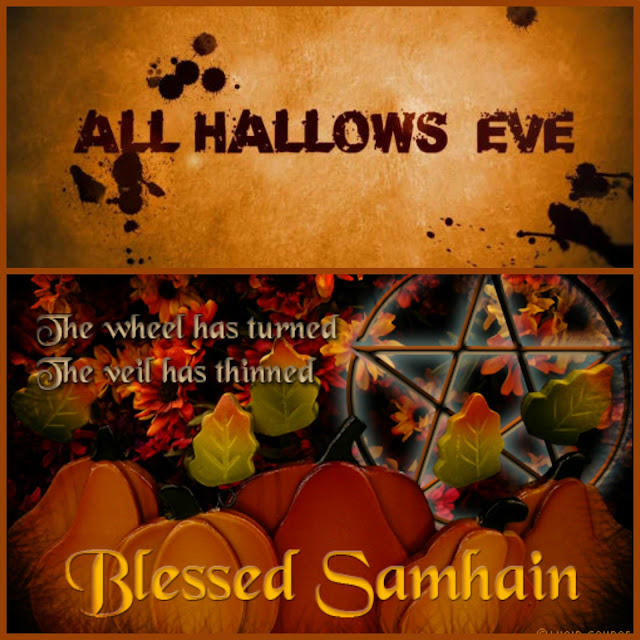And so 31st October comes around again. How will I be celebrating Halloween this year? Handing out treats to avoid being tricked? Bobbing apples? Dressing ghoulishly? Putting on Wiccan robes and taking part in Samhain rituals along with other pagans? Dancing naked round a fire in a forest, daubed in symbols to deflect evil demons?
Celtic beliefs, All Saints, All Souls, Hallowtide
Like most celebrations in the UK the origins of All Hallows Evening lie in our Celtic past: pre-Christian, pre-Roman, preAnglo-Saxon, preViking, preNorman, pre all the other invasions that make up our mongrel culture. The Celts believed demons, evil spirits and ghosts roamed the earth more frequently at the “turn” of the year when the leaves fell and it seemed as if nature was dying. In the 7th Century Pope Boniface IV created All Saints’ Day on November 1st and in the 11th Century Benedictine monasteries added All Souls’ Day on November 2nd spurred on by St Odilo of Cluny at Cluny Abbey in France. The three days (the Eve, the Saints’ Day and the Souls’ Day) became collectively known as Hallowtide and praying for the dead fitted in well with the pagan beliefs about spirits walking at that time of year.
American? Not.
There is a myth in England that we imported trick-or-treating from America, but strictly it’s a re-import because European immigrants introduced it to America in the first place. The practice was common in both Germany and Ireland – appeasing wicked spirits with sweets. Throughout Europe, in medieval times the Catholic Church encouraged congregations to go house to house on Hallowe’en asking for food in return for a prayer for the dead. (In unscrupulous parishes the priests would keep the food, whereas in more “Christian” areas the gifts were distributed again to the poor, or, on 3rd November, turned into a community feast.) Masks, costumes and pumpkins were all features of the attempts by pre-1500 folks to scare away the dead. The candle inside a pumpkin represented a soul trapped in purgatory; only later did pumpkins acquire carved “faces.” So America can blame Europe for all the trappings of Halloween. And we can blame the Celts for believing in demons and the Catholic Church for “inventing” Hallowtide to pray for the souls of the dead. (Of course we can still blame Capitalism for making it into a commercial money-spinning phenomenon, instead of its original pagan spirit-slaying manifestation.)
October November December
Goodbye to my birthday month, get ready to welcome the fully Autumnal month of November in preparation for that crucible of love & despair & excess & glitter & feast & fun & regret & peace & joy that is....






















